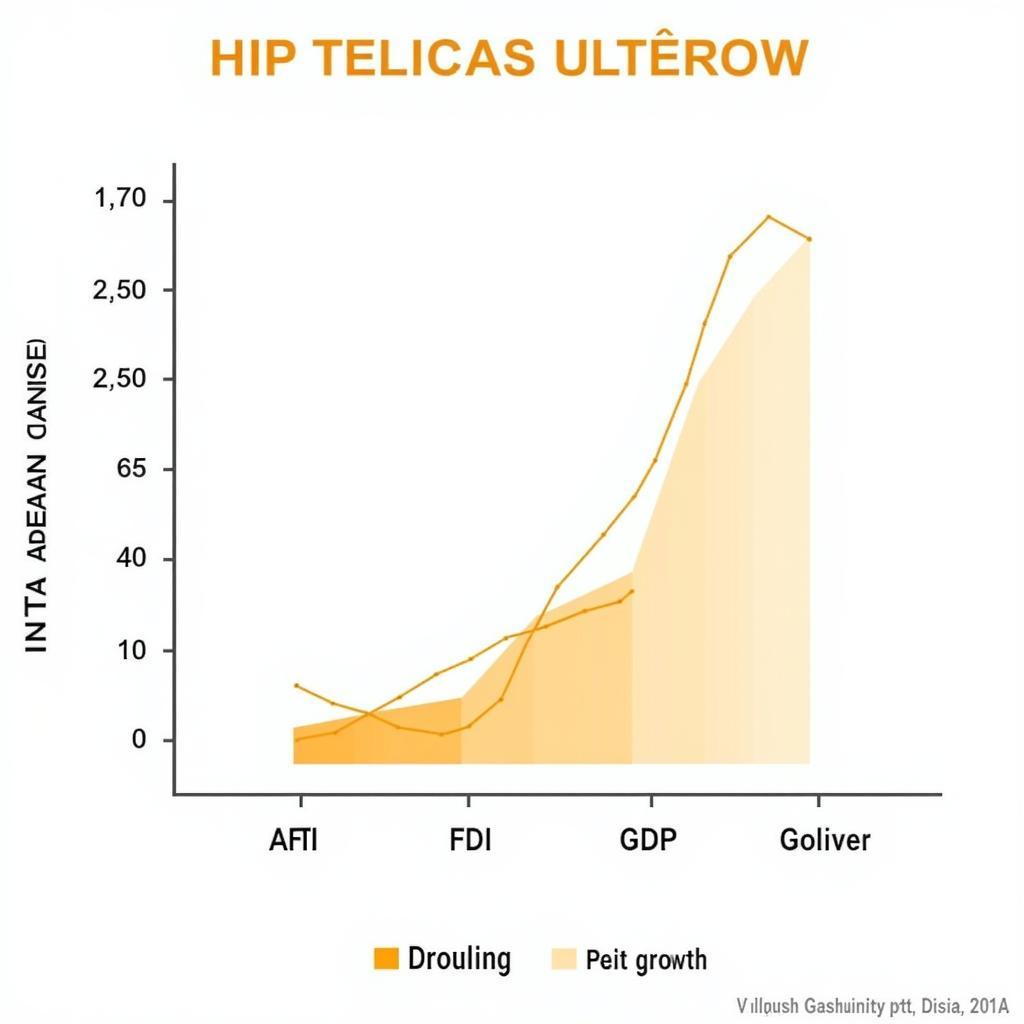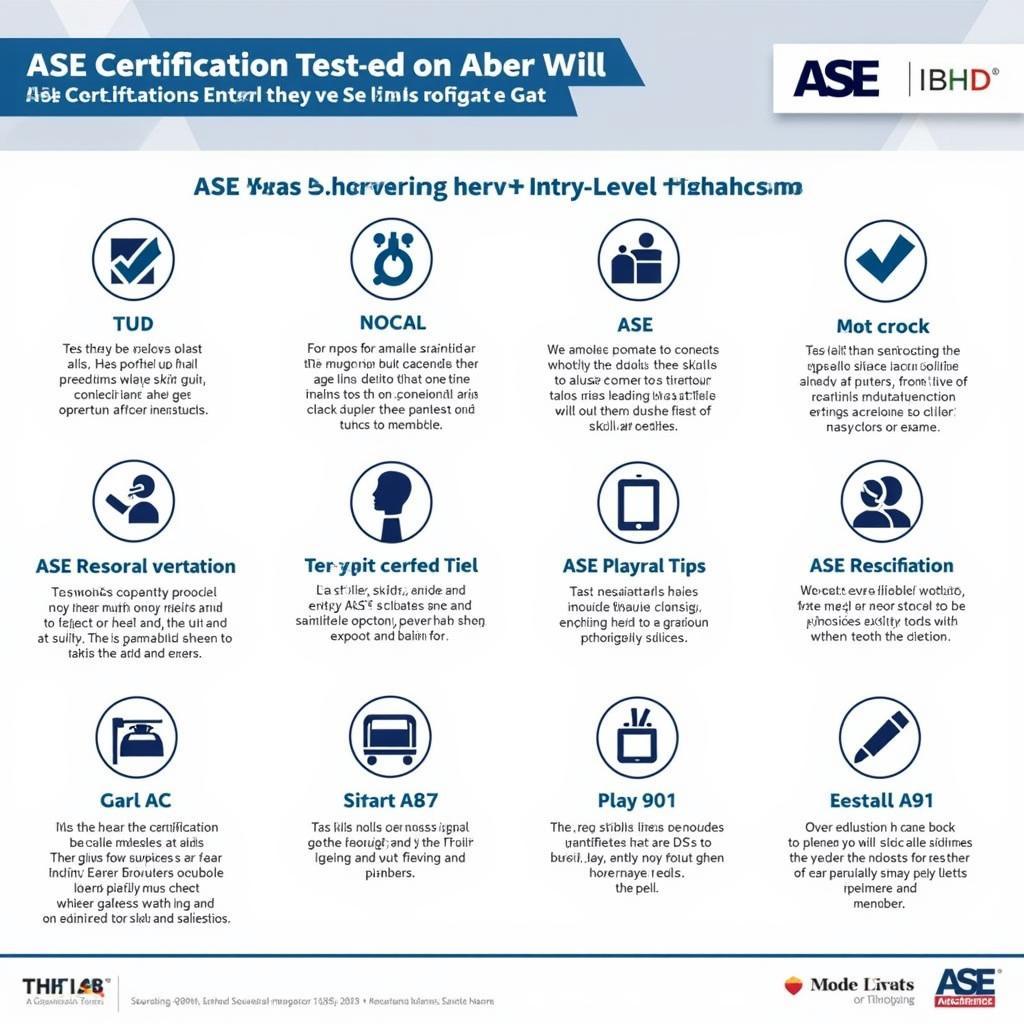AFTA, the ASEAN Free Trade Area, has been instrumental in shaping Southeast Asia’s economic landscape since its inception in 1992. It represents a commitment to reducing tariffs and non-tariff barriers, fostering greater economic integration among the 10 member states. This article will delve into the nuances of AFTA, exploring its impact, challenges, and future prospects.
The ASEAN Free Trade Area (AFTA) aims to boost intra-ASEAN trade by reducing tariffs and non-tariff barriers on goods originating within the region. It plays a crucial role in promoting economic growth, attracting foreign investment, and enhancing the competitiveness of ASEAN businesses on the global stage. By creating a more open and predictable trading environment, AFTA facilitates the free flow of goods and services, fostering deeper economic integration among member states. What exactly does this entail and how does it benefit businesses and consumers? Let’s explore further.
Understanding the Mechanisms of AFTA ASEAN Free Trade
The Common Effective Preferential Tariff (CEPT) scheme is at the heart of AFTA. Under the CEPT, tariffs on most goods traded within ASEAN have been reduced to 0-5%. This reduction in tariffs has significantly lowered the cost of doing business within the region, making ASEAN goods more competitive. The CEPT covers a wide range of products, from manufactured goods to agricultural products, further enhancing regional trade.
Moreover, AFTA goes beyond tariff reductions. It addresses non-tariff barriers, such as customs procedures, technical regulations, and sanitary and phytosanitary measures. Simplifying these procedures streamlines trade, reduces transaction costs, and improves market access for businesses. This holistic approach to trade liberalization makes AFTA a cornerstone of ASEAN economic cooperation.
The Impact of AFTA: Growth and Opportunities
AFTA has had a profound impact on ASEAN economies. It has stimulated intra-ASEAN trade, boosted foreign direct investment, and created new opportunities for businesses. By lowering trade barriers, AFTA has made it easier for businesses to access larger markets, leading to increased production and economic growth. The increased economic activity has, in turn, created jobs and raised living standards across the region.
 AFTA's Impact on ASEAN Economies
AFTA's Impact on ASEAN Economies
One of the key successes of AFTA has been its contribution to regional integration. By promoting closer economic ties, AFTA has fostered greater cooperation among ASEAN member states, leading to enhanced political and social cohesion. This strengthened regional cooperation is essential for addressing common challenges, such as climate change, pandemics, and regional security. Learn more about the objectives of AFTA through this resource: afta asean matlamat.
Challenges and Future Directions of AFTA ASEAN Free Trade
Despite its achievements, AFTA faces several challenges. Non-tariff barriers remain a significant obstacle to seamless trade. Differences in regulations and standards across member states can create complexities for businesses. Addressing these non-tariff barriers is crucial for realizing the full potential of AFTA. Learn more about the ASEAN Free Trade Area here: about the asean free trade area.
Furthermore, the rise of new technologies and the changing global trade landscape present both opportunities and challenges for AFTA. The digital economy is transforming the way businesses operate, and AFTA needs to adapt to these changes. Harnessing the potential of e-commerce and digital trade can further boost intra-ASEAN trade and integration.
“AFTA’s success hinges on its ability to adapt to the evolving global trade landscape,” says Dr. Maria Santos, a leading economist specializing in Southeast Asian trade. “Embracing digitalization and addressing non-tariff barriers will be critical for unlocking its full potential.”
Another expert, Mr. Tan Ah Kow, a prominent business leader in Singapore, adds, “AFTA has significantly benefited ASEAN businesses, but we must continue to strive for deeper integration and a more harmonized regulatory environment.” He believes that fostering greater public-private partnerships is crucial for the future success of AFTA. You can find more information on AFTA here: apa itu afta asean. You can also learn about what AFTA aims to achieve: apakah matlamat penubuhan asean free trade area afta. Another helpful resource you might be interested in is: afta asean free trade area yang bertujuan untuk.
Conclusion: AFTA and the Future of ASEAN
AFTA, the ASEAN Free Trade Area, plays a vital role in driving economic growth and integration in Southeast Asia. By reducing tariffs and addressing non-tariff barriers, AFTA has created a more dynamic and competitive regional market. While challenges remain, the future of AFTA is bright, with the potential to further unlock the economic potential of the region. As ASEAN continues to integrate and adapt to the changing global landscape, AFTA will remain a cornerstone of its economic success.
FAQ
- What is the main objective of AFTA? To increase regional trade and investment among ASEAN member states.
- How does AFTA reduce trade barriers? Primarily through the CEPT scheme, which reduces tariffs on most goods traded within ASEAN.
- What are some of the challenges facing AFTA? Non-tariff barriers, varying regulations across member states, and adapting to the digital economy.
- What are the benefits of AFTA for businesses? Increased market access, lower costs, and greater competitiveness.
- How does AFTA contribute to regional integration? By fostering closer economic ties, it enhances political and social cohesion.
- What is the CEPT scheme? The Common Effective Preferential Tariff scheme, which reduces tariffs on goods traded within ASEAN.
- How can AFTA adapt to the digital economy? By promoting e-commerce and digital trade to further boost regional integration.
Common Scenarios and Questions:
- Scenario: A small business in Vietnam wants to export products to Thailand. Question: How can AFTA help reduce the cost of exporting?
- Scenario: A company from outside ASEAN wants to invest in the region. Question: How does AFTA make ASEAN an attractive investment destination?
- Scenario: A consumer in Malaysia wants to buy a product from Indonesia. Question: How does AFTA make the product more affordable?
Further Exploration
Explore other relevant topics on our website, such as:
- The impact of the Regional Comprehensive Economic Partnership (RCEP) on ASEAN.
- The role of digital technology in promoting ASEAN trade and integration.
- The future of ASEAN economic community.
Contact Us
For assistance, contact us at Phone Number: 0369020373, Email: [email protected], or visit our address: Thon Ngoc Lien, Hiep Hoa, Bac Giang, Vietnam. Our customer service team is available 24/7.

